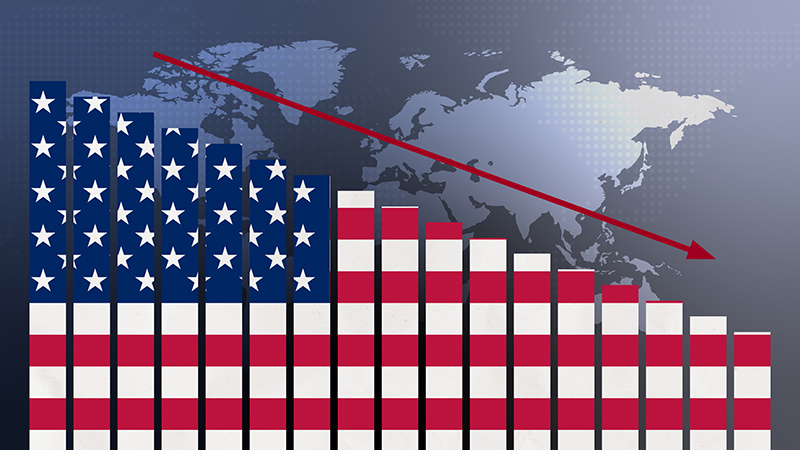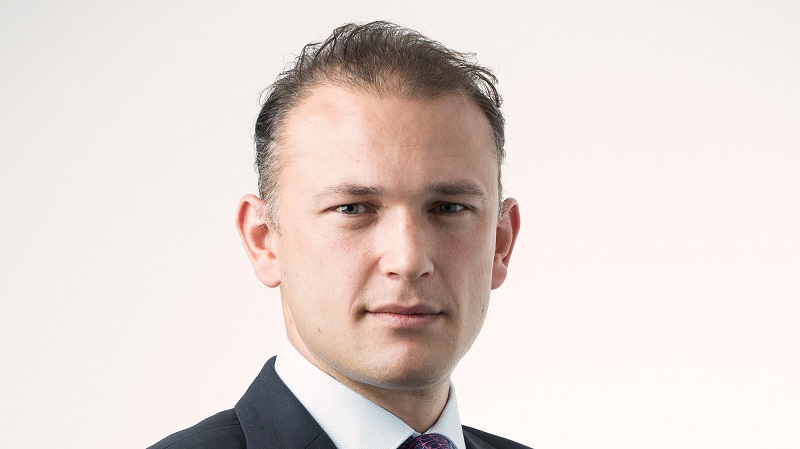To sum up the latter stages of 2021 is difficult, but, for me, the word I would use is ‘rudderless’.
In a rudderless market, such as we have seen these past six months, it is active portfolios that have suffered at the hands of sectoral whipsaws.
Headwinds have come from the likes of a weakening Asian market which has grappled with the same factors as the rest of the world, but with an added decelerator of Chinese instability. This has arisen from a policy perspective that has served to drag much of the region into negative territory.
Soaring government debt and a rallying dollar in the latter stages of the year, of the back of surprise dovish comments from central banks, has also been a headwind, in our view. Debt is at a historic price high and it remains prudent to be underweight this part of the global market.
Finding the positives There have also been many positives from 2021. Remaining heavily invested into the UK’s FTSE 250, over the larger 100 components of the All-Share, has delivered stellar out performance for clients.
Tam continued to remain highly invested into the recovery theme, which, in fits and starts, has proved to be a winner for the portfolios, as has spending most of the year invested into inflation-protected fixed income. In the latter stages of the year, Tam moved into protection mode, selling big winners in the equity markets and purchasing funds tracking volatility. This helped to defend capital in the Omicron-led volatility during the fourth quarter.
Bulls and bumps
I am going to say, tentatively, that I am bullish on the year ahead. However, not a bull ignorant to the risks. Why? It’s difficult to go ‘full bull’ in the face of a market with so many reasons to sell, yet one that hit its 67th all-time high only a few days after a 4% fall in the S&P 500.
Volatility will be a persistent bedfellow of 2022, much like 2021, so expect bumps. Profit margin growth is going to be king in 2022. This strength in earnings will be what underpins central bank confidence to keep tightening, so expect earnings to be a stalwart of the market direction in 2022.
I am expecting 2022 to be what 2021 should have been. Active management will focus on highquality companies that are not trading on silly prices, after another year of bumper market gains. For this to happen I think the market needs to see more Covid-19 stability in terms of the ability to overcome variant news, without swinging wildly between growth and deep-value stocks.
Likewise, I expect a global central bank that will finish quantitative easing and give a few rate hikes in 2022. But it won’t implement too many rises before we are at close to stall speed on economic growth, which will be a hard stop for more rate hikes.
Second, inflation will start to top out, as a combination of rate hikes and a softening of the oil market both hammer CPI into a negative sloping trajectory.
Central banks and governments will want inflation controlled, but kept above 2% for as long as reasonably comfortable to hack away at the debt load taken on to fight Covid.
This should prove a boon for precious metals which remain negatively correlated to real yields, and it should also be beneficial to longer-duration fixed-income assets. So, expect higher yields in 2022, but not to the moon, before the fixed-income market steps back in.
Rate hikes are also not a late-cycle phenomenon but more mid-cycle economics, so this fits in with where we believe the market is heading right now – owning high-quality companies with robust earnings margins.
Central control
To my mind there is a ‘known unknown’ for markets in 2022, and that is a central bank misstep. The rocket fuel that has powered this market through 2021 has been the perception that central banks will continue to keep the spending taps open to prop up the economy, keep yields low and boost equity purchases.
Ostensibly this is all coming to an end this year, but tighten too quickly in 2022 and central banks run the risk of stalling the economy – cue the next recession and market correction – or raise too slowly and too little and inflation will continue to rise unchecked.
This will cause much harsher rises in 2023, and this has historically been the very thing that kills a bull market. We have just seen the Bank of England raise interest rates, albeit by a paltry 0.15%, but it is indicative of central banks taking the need for rate hikes seriously – and one can expect more to follow in the first half of 2022.
While this is certainly not the base case, as central banks are, on the whole, masters of finessing monetary policy, a misstep is certainly the silent assassin of this lofty market. This is something Tam’s investment team will be keeping a close eye on as we move through 2022.
This article appeared in the January edition of Portfolio Adviser magazine.











